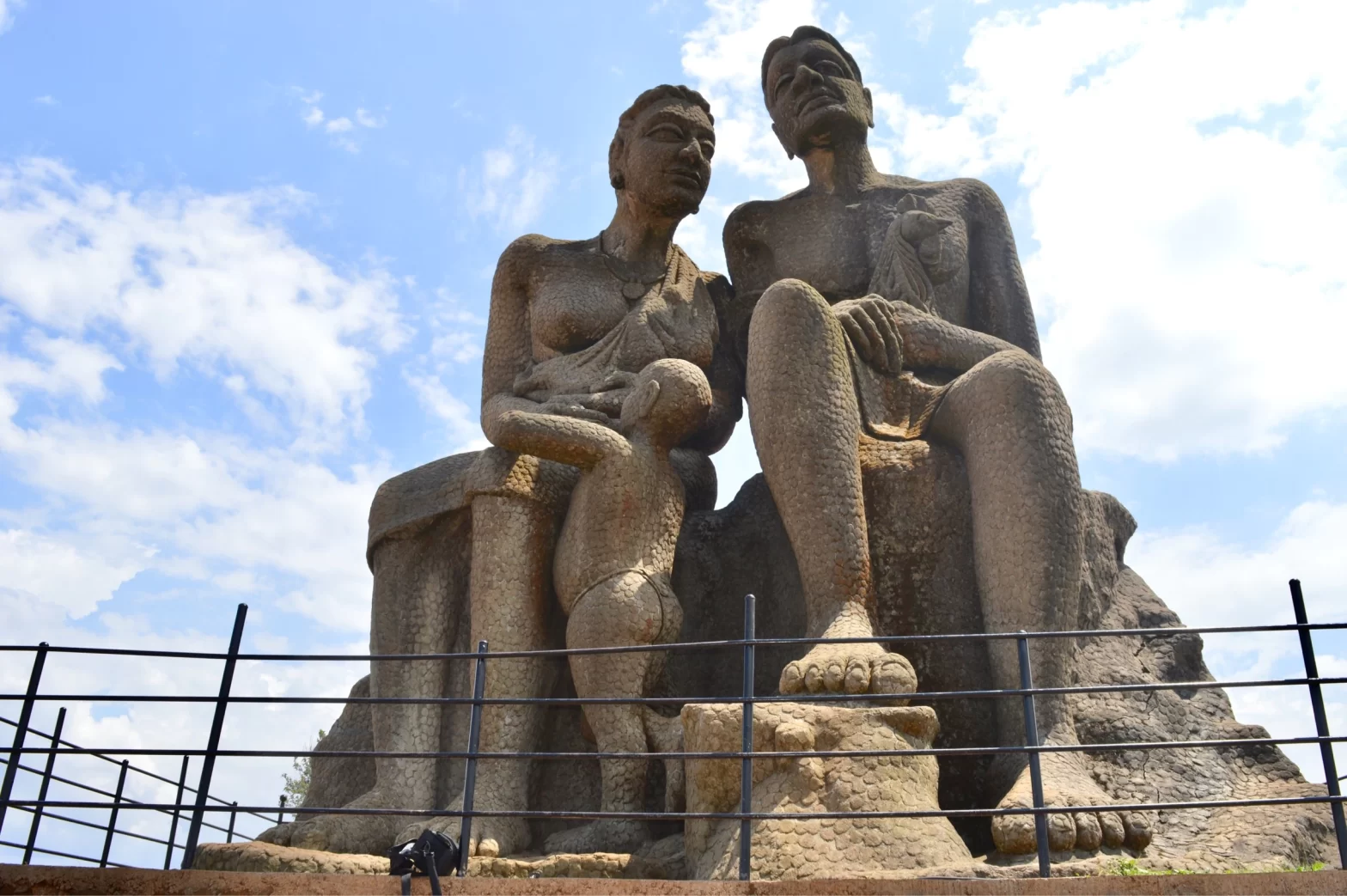Ramakkalmedu is a breathtakingly beautiful hill station located in the Idukki district of the southern Indian state of Kerala. Renowned for its lush greenery, panoramic views, and the integration of wind energy, Ramakkalmedu has become a popular tourist destination and a hub for sustainable energy production. In this article, we will explore the enchanting Ramakkalmedu, its natural wonders, and its significance in the realm of renewable energy.
Natural Beauty and Geography
Ramakkalmedu is nestled in the Western Ghats, which is known for its stunning landscapes and biodiversity. Key highlights of the region’s natural beauty include:
- Rolling Hills: The hill station is characterized by undulating hills covered with a lush carpet of tea plantations, making it a visual delight for visitors.
- Windy Cliffs: Ramakkalmedu is famous for its windy cliffs, which offer panoramic views of the surrounding countryside. On a clear day, you can see as far as the plains of Tamil Nadu.
- Natural Rock Formations: The name “Ramakkalmedu” translates to “the land of the wind” and is believed to be derived from the strong winds that sweep through the area. The wind has also sculpted fascinating natural rock formations in the region.
Wind Energy Generation
One of the unique features of Ramakkalmedu is its role in wind energy generation. The wind speeds in this region are among the highest in Asia, making it an ideal location for wind farms. The wind farm at Ramakkalmedu is a significant source of renewable energy and contributes to Kerala’s sustainable energy initiatives.
Visitors to Ramakkalmedu can witness the giant wind turbines in action and gain insights into how wind energy is harnessed to generate electricity. This integration of wind energy into the natural landscape is a testament to Kerala’s commitment to clean and green energy production.
Attractions and Activities
- Kuravan and Kurathi Statue: One of the prominent attractions at Ramakkalmedu is the Kuravan and Kurathi Statue, which represents a local tribal couple. The statue is a symbol of the region’s cultural heritage and is surrounded by lush greenery.
- Trekking: The hilly terrain around Ramakkalmedu is perfect for trekking enthusiasts. There are various trekking trails that offer stunning views of the Western Ghats and the plains below.
- Yoga and Meditation: The tranquil environment of Ramakkalmedu makes it an ideal place for yoga and meditation. Many visitors come here to rejuvenate their minds and bodies amidst nature’s serenity.
- Tea Plantations: Ramakkalmedu is surrounded by tea estates, and a visit to one of the tea plantations provides an opportunity to learn about the tea-making process and savor freshly brewed tea.
How to Reach Ramakkalmedu
- By Air: The nearest airport is Madurai International Airport in Tamil Nadu, which is approximately 140 kilometers (87 miles) away from Ramakkalmedu. From there, you can hire a taxi or take a bus to reach the hill station.
- By Rail: The nearest major railway station is Kottayam Railway Station, located about 114 kilometers (71 miles) away. From Kottayam, you can continue your journey by road.
- By Road: Ramakkalmedu is well-connected by road to major cities in Kerala and neighboring states. You can hire a taxi or take a bus to reach the hill station.
Best Time to Visit
The best time to visit Ramakkalmedu is during the post-monsoon and winter months, from September to February. The weather is pleasant, and the views are at their most spectacular during this period. However, the monsoon season (June to August) also has its own charm, with lush greenery and cool weather.
Conclusion
Ramakkalmedu is a place where nature’s beauty, wind energy, and sustainable tourism converge. It offers a unique blend of natural wonders, cultural heritage, and renewable energy initiatives. A visit to Ramakkalmedu provides not only an opportunity to admire the stunning landscapes but also to appreciate Kerala’s commitment to environmental conservation and clean energy production. It’s a destination that appeals to nature lovers, adventure seekers, and those interested in the future of renewable energy.

